About the City
About the City
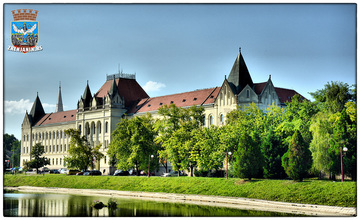
Building heritage
Zrenjanin is ranked among the cities that have had favorable natural conditions for its architectural development, and the winding course of the River Begej, with numerous meanders, has provided the basis for formation of the city streets and that basic regulation has been preserved up to the present day.
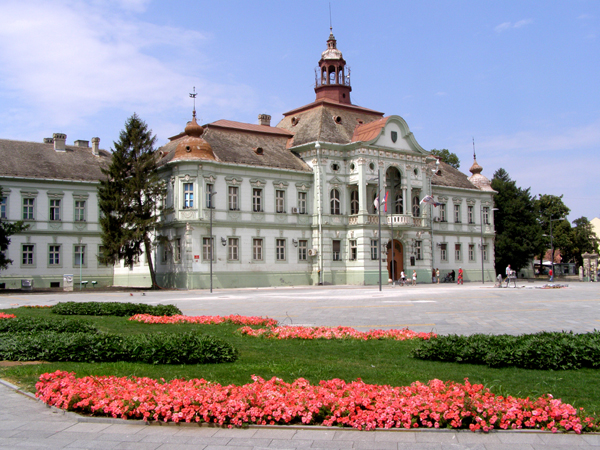
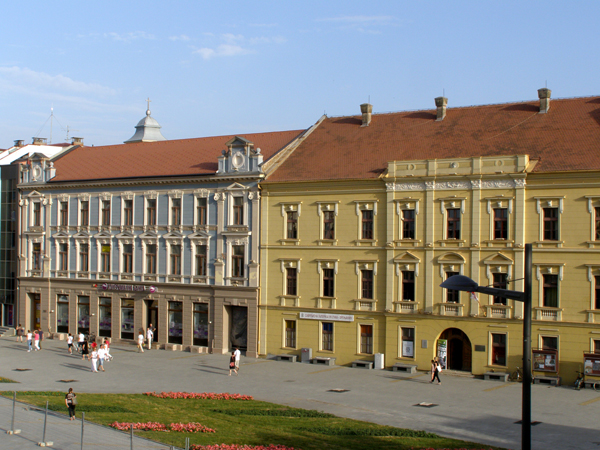
The historical framework of formation of Vojvodina cities/towns and, thereby of Zrenjanin as well, completely pertains to the period of the 18th century. After the formation of the town nucleus, construction on other territories along the banks of the River Begej started and, upon the organized colonization of the Germans, which lasted up to 1785, the first planned, urbanized, and regulated part of the town emanated – "New German town". Becskerek had the most complex urban development basis, atypical and very much dissected, but also a more balanced development than most of the towns in the vicinity.
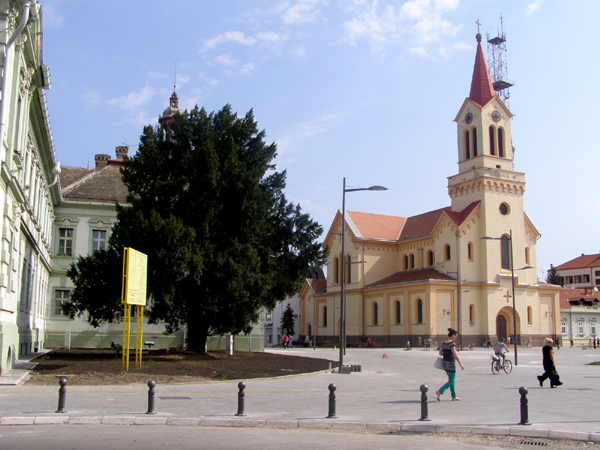
The definitive formation of the city structure and the creation of a regulatory matrix, preserved to this day, followed a major fire in 1807. It is survived by only a few buildings in the city center, including the Church of the Assumption of the Blessed Virgin, dating from 1746, today the oldest preserved building in Zrenjanin. All other downtown buildings today were builded much later.
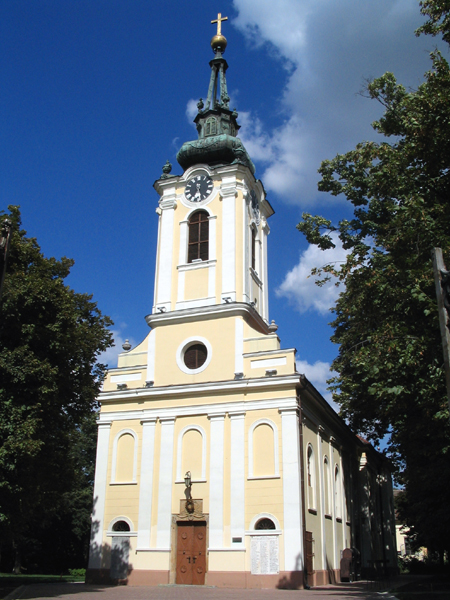
Rebuilding of the town actually caused its biggest rise – economic, cultural, and architectural. The number of inhabitants almost doubled in the course of the 19th century and, in the town nucleus, the first monumental buildings were constructed, which are even today specific city symbols and representative examples of the building heritage – the Town Hall (constructed in 1820, reconstructed and extended in 1888), the Theater (in 1839), Roman Catholic Cathedral (in 1868), Merchant Academy (in 1891), Reformist Church (in 1891), Financial Palace, the present-day National Museum (in 1894), and many others.
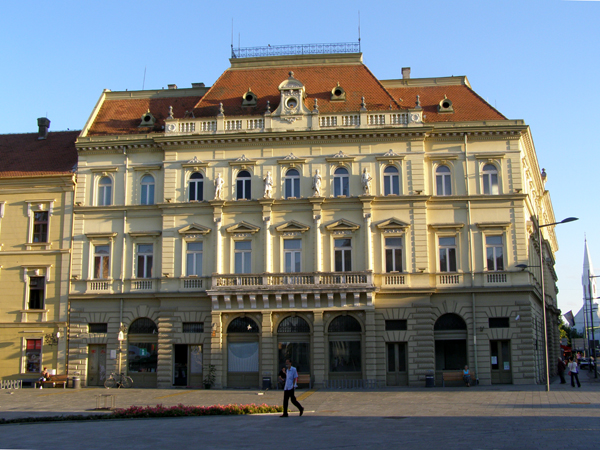
The Court of Justice was rised on the coast of Begej in 1908, the most important building in Zrenjanin after the City Hall and the Palace of Finance. Four years earlier, the Iron Little Bridge, now the oldest of the ten bridges across Begej, was built, and the city, in addition to the central square and the main street, receives another significant urban unit.
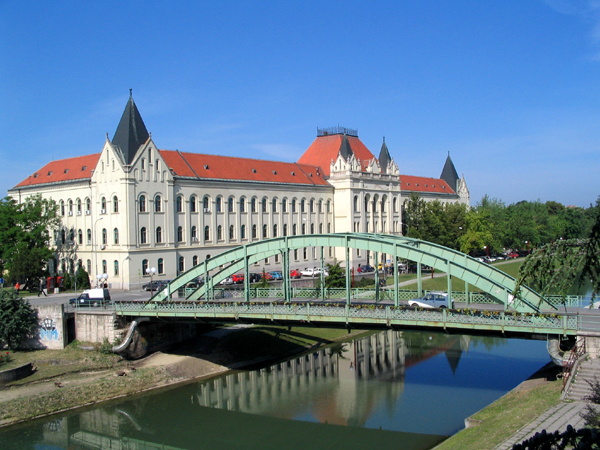
By regulating the flow of the Begej through the city and converting the center into three lakes in the 1980s, the Little Bridge neighborhood around the central lake was today refined with a fountain in the lake, artificial swan and duck islands, and a promenade was built around the entire water surface.
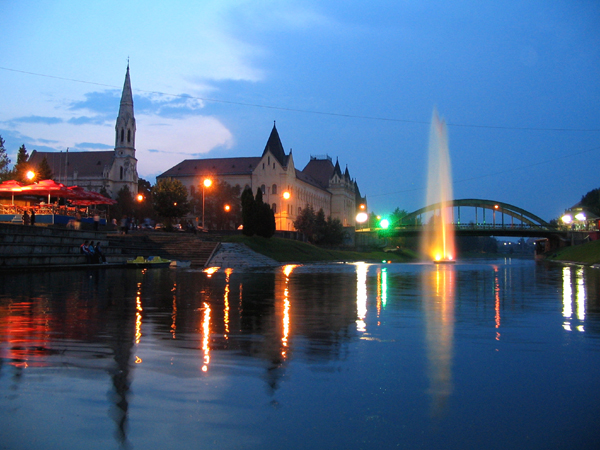
During the period of the world wars, the city was spared devastation, and only the synagogue, which was demolished in 1941, disappeared from the former building symbols. Unfortunately, after the Second World War, the radical attitude of the new authorities towards the architectural heritage and the new urban doctrine led to the depletion of the old urban matrix and the disappearance of more valuable buildings. They have been replaced by modern spatial notes that have not laid the judgment of time.
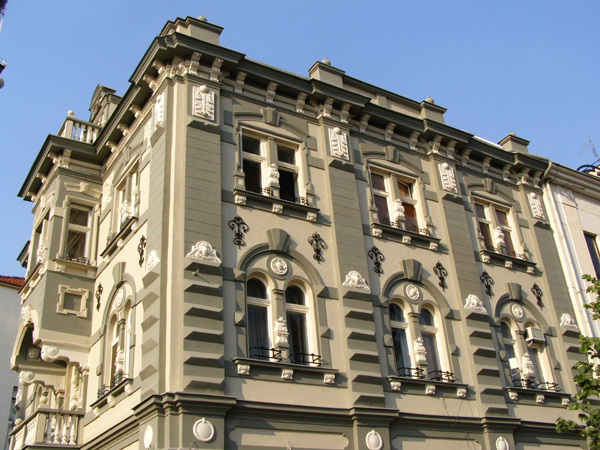
However, despite everything, Zrenjanin has much to offer and show today. Renovated and restored facades, decorative lighting, new urban tendencies that accompany and nurture the inherited and return of some missing symbols, testify to the city's efforts to give the architectural heritage the significance it deserves.
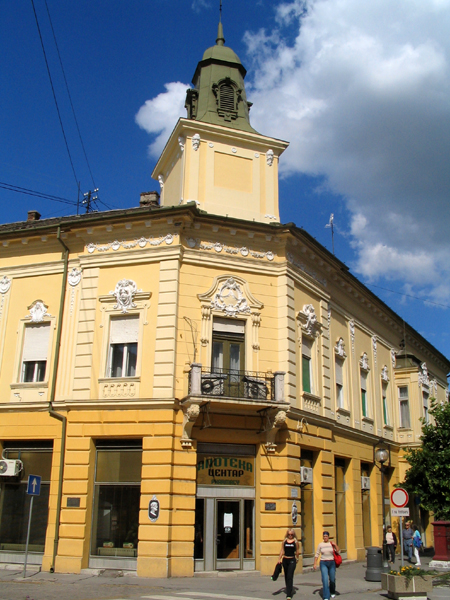
 Skupstinagrada Zrenjanina
Skupstinagrada Zrenjanina